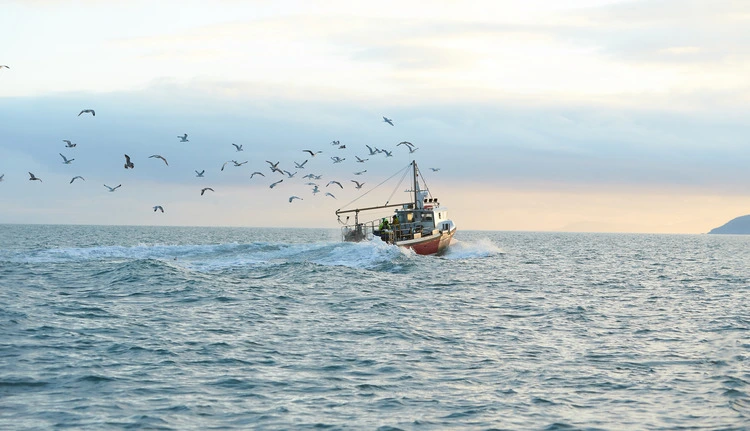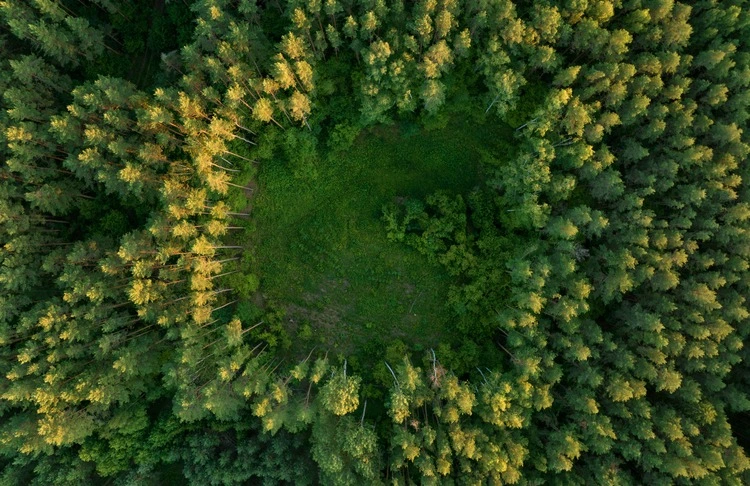
From the next COP to refining strategies in the Paris Agreement, find out 2025’s major environmental events – and why exactly they will matter
By
As we enter 2025, the year ahead offers another opportunity to protect the planet. Through rigorous climate action and refined goals, it’s possible to come closer to mitigating – and in some cases, reversing – the human-induced damage wreaked upon our ecosystems, wildlife and environment.
But what exactly is being done to tackle some of the most pressing environmental issues of our time – rising temperatures, warming seas and plastic pollution?
Across this year, several key events will take place with the ultimate aim of keeping our planet on track for a healthier and more sustainable future. Read on to find out more about some of these major events, and why exactly they matter…
Deadline to update NDCs under Paris Agreement – February 2025

One of the first major environmental milestones in 2025 is countries updating their climate action plans under the Paris Agreement. These plans are known as ‘nationally determined contributions’, or NDCs, and must outline how an individual country plans to reduce greenhouse gas emissions under the 1.5C threshold and adapt to the impacts of climate change.
Due by February, the latest updated NDCs are required to contain climate action roadmaps up to 2035, and should also take into account the 2023 Global Stocktake, which, among other guidelines, urged countries to move away from fossil fuels.
Enjoying this article? Check out our related reads:
NDCs are updated every five years – and each must have increasingly ‘higher ambition’, as phrased by the UN – so 2025 marks the third time in which participating countries must revisit and bolster their plans.
It is hoped countries will come up with more ambitious target this year, since current NDC commitments are setting the world up for 2.5–2.9C of warming, far higher than the Paris Agreement threshold.
Planned launch of CO2 monitoring satellite – unspecified

A mission headed by the European Space Agency (ESA) to send a series of satellites into space to monitor CO2 levels is planned to begin in 2025.
The first satellite, CO2M-A, is expected to launch this year, with the second – CO2M-B – following 6 months later and C02M-C, the final, heading into orbit one year after.
Not only will these satellites be able to measure CO2 levels, but they can also distinguish between those caused via natural sources and human activity. This means nations will be able to track their progress on particular decarbonisation projects and climate action, allowing for far more transparency on their success.
COP16: Part two – February 2025
Unfinished discussions from last year’s COP16 biodiversity conference will resume in February in Rome, including those on mobilising financial resources and increasing transparency. In particular, member parties will focus on a new financial strategy to secure $200 billion annually by 2030 from all sources for biodiversity initiatives and reduce harmful incentives by at least $500 billion per year by 2030.
New monitoring frameworks are also planned to be discussed so member parties can track their progress in a clearer way.
UN Ocean Conference – June 2025

June will see the third UN Ocean Conference, co-organised by the governments of France and Costa Rica. The conference will aim to focus on the UN’s 14th sustainable development goal (SDG), termed ‘life below water’, which seeks to conserve and sustainably use the oceans, seas and marine resources.
Across five days, member states will gather to make specific goals, targets and timelines to protect oceans across the world for years to come, as well as take part in ten ‘Ocean Action Panels’ with themes including fishery management, mobilising finance for ocean action and restoring deep-sea ecosystems.
COP30 – November 2025

Toward the end of 2025, COP30 will convene in Brazil. Amongst discussions on climate change and climate finance for developing countries – a growing talking point at previous COPs – mitigation is set to be a key focus at COP30 (that is, designing actions and policies to reduce greenhouse gas emissions)
Continued negotiations for Global Plastics Treaty – ongoing

The last discussion on developing a Global Plastics Treaty – what would be the world’s first legally-binding agreement to end plastic pollution – fell short of agreement in South Korea back in 2024. This year, discussions will resume with the hopes of achieving a resolution.
Disagreements were previously noted on measures to reduce overall plastic production, eliminating certain plastic products and chemicals, along with waste management and improved plastic design.




